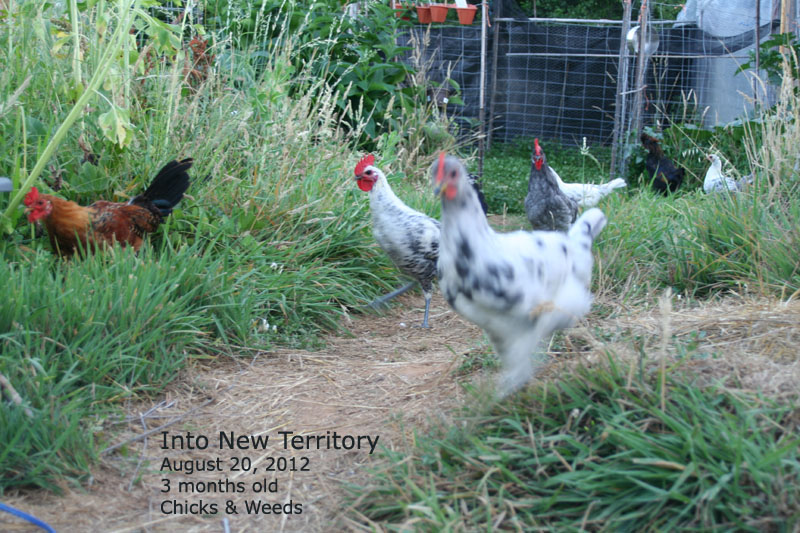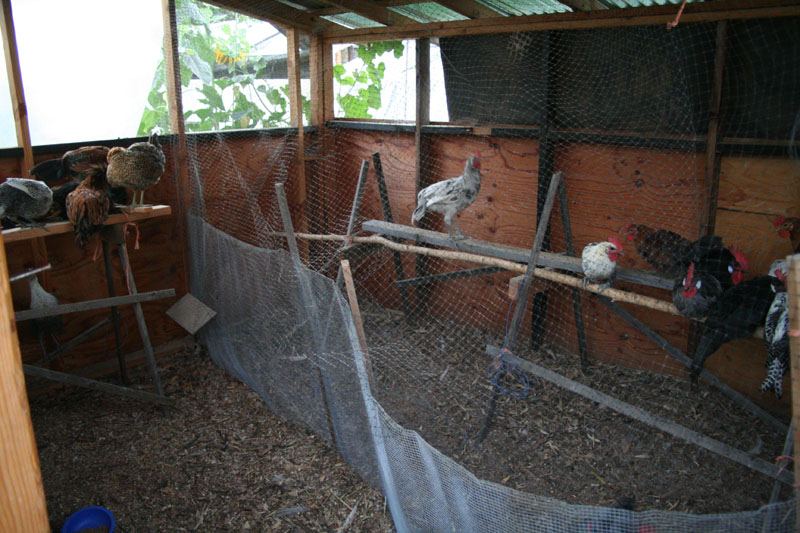Chickens – where did they come from and how did and do the males of “chicken-like” species live in the “wild”?
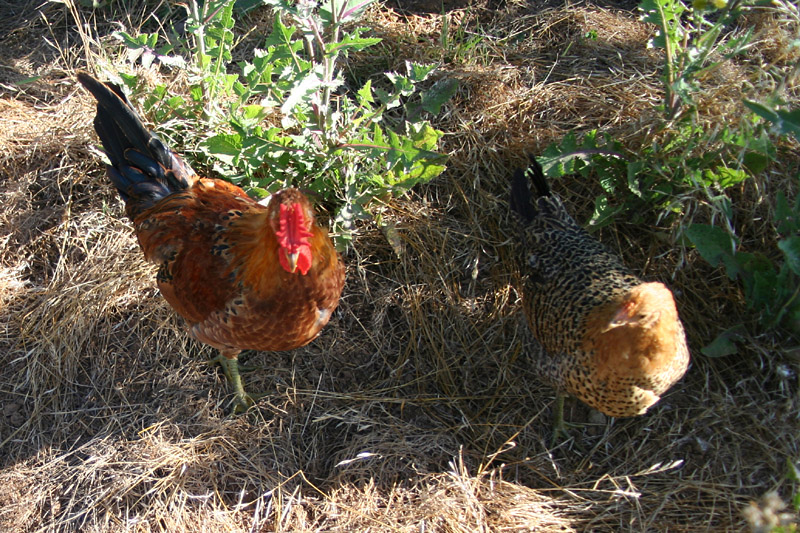
My straight run has almost 70% roosters, and, not wanting to kill them right off the bat, I am wondering: how did the chicken’s ancestors deal with all the roosters ….. ? …and so the searching is leading to chickens around the world – it’ll be interesting. But where is this notion that there have to be 5-12 hens for every rooster coming from? Is it a function of space? Overbreeding to relentlessly mate? Overbreeding for aggression for fighting? So I am investigating …. and copied/pasted some info from the www , giving credit where available.
What I want to know, other than having to feed the roosters too, without them giving any eggs, is there really a need to kill them (name it as you wish, but there just will not be enough “good homes” for all those brothers of all the egg laying hens everywhere. However, for those vegetarians living in the country, is there really no way to coexist? What happens to the Wild roosters? Here are a few articles that shed a little bit of light onto the subject.
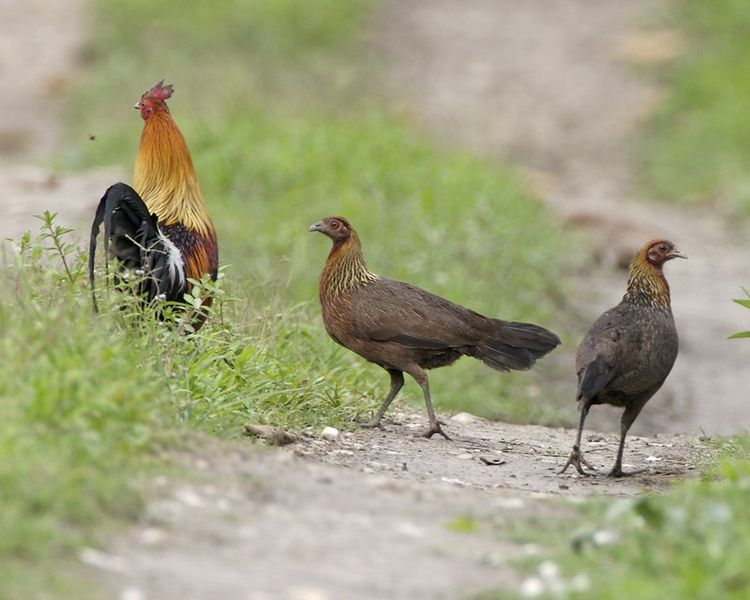 The Red Junglefowl (Gallus gallus) is a tropical member of the Pheasant family. It is thought to be ancestral to the domestic chicken, with some hybridisation with the Grey Junglefowl. The Red Junglefowl was first domesticated at least five thousand years ago in Asia, then taken around the world, and the domestic form is kept globally as a very productive food source of both meat and eggs.
The Red Junglefowl (Gallus gallus) is a tropical member of the Pheasant family. It is thought to be ancestral to the domestic chicken, with some hybridisation with the Grey Junglefowl. The Red Junglefowl was first domesticated at least five thousand years ago in Asia, then taken around the world, and the domestic form is kept globally as a very productive food source of both meat and eggs.
photo from wikipedia
The associations between individuals in a free-living population of red junglefowl are visualised in a cluster analysis. The flock structure is shown for the population when females are with and without chicks, and the differences described. Various kinds of groupings are present, from solitary individuals to mixed-sex flocks. The strongest associations maintaining flock cohesion are shown to be female-female pairings and it is these which break down when the females produce their chicks. *Department of Wildlife Sciences, Centre of Wildlife & Ornithology, Aligarh Muslim University, Aligarh 202 002, India, **Bombay Natural History Society, S.B. Singh Road, Mumbai 400 023, India
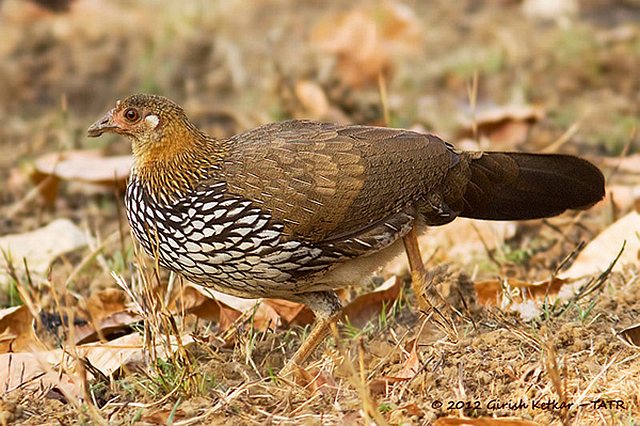
Whilst the domestic chicken was previously believed to be a descendant of the Red Junglefowl, recent research done by Eriksson et al. suggests possible hybridisation with the Grey Junglefowl. It was first raised in captivity at least several thousand years ago in the Indian subcontinent, and the domesticated form has been used all around the world as a very productive food source for both meat and eggs. Some breeds have been specifically developed to produce these.
http://scienceblogs.com/
Location : Tadoba, Chandrapur, Maharashtra, India
Date : 25 February 2012
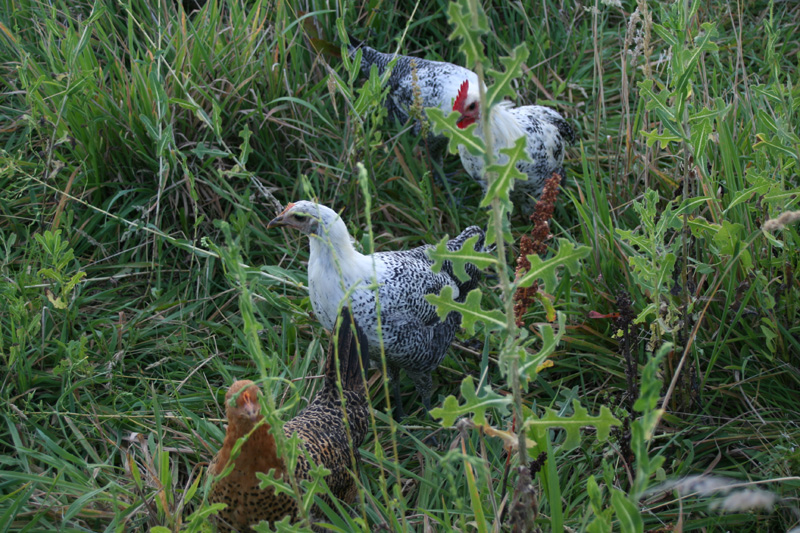 delightful article worth your time: http://
delightful article worth your time: http://BUTTERCUP fowls originated in Sicily. The breed name refers to the peculiar form of duplex comb. Experiments with birds of similar comb morphology, imported from Egypt (Bateson and Punnett, 1905), suggest that Sicilian Buttercups may have derived from Nile valley ancestors (Punnett, 1923, p. 94). Since indigenous fowls of the East commonly carry wild type plumage pattern, it may be ventured that a
Sicilian breeder crossed duplex-combed Egyptian birds with a Campine or Braekel strain, and after a backcross to the Egyptian, obtained segregants from which buttercup plumage was developed. Experimental evidence submitted below makes the preceding highly probable, and it would be interesting to know if confirmatory Italian records exist.Buttercups display sexually dimorphic and dichromatic plumage pattern. With folded wings, the male is a black-tailed russet fowl; ground color in the female is lighter, varying in different strains from golden-buff to orange, and a unique form of black . . .Received December 15, 1952.
Poultry Science Association Inc.
http://ps.fass.org/

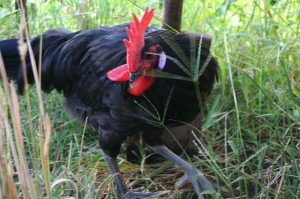
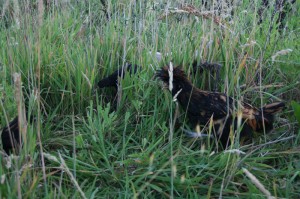 – you MUST have space and hiding places if you have more than 1 rooster, or 2 or 3 who might not get along. Sometimes it is so clear and accepted who is boss, they might be ok with more than 1. This is a MUST, the space thing. I had to let them out and free range in the garden, which they needed, even though they don’t actually go all that far. Depending on your set up and preferences, it will be better to fence in the actual vegetable garden part and let them be everywhere else than fence them into too small a space.
– you MUST have space and hiding places if you have more than 1 rooster, or 2 or 3 who might not get along. Sometimes it is so clear and accepted who is boss, they might be ok with more than 1. This is a MUST, the space thing. I had to let them out and free range in the garden, which they needed, even though they don’t actually go all that far. Depending on your set up and preferences, it will be better to fence in the actual vegetable garden part and let them be everywhere else than fence them into too small a space.